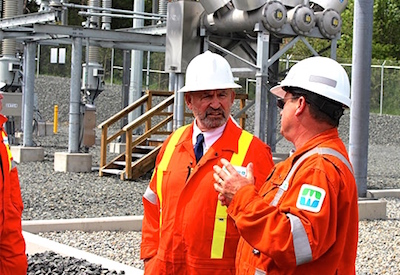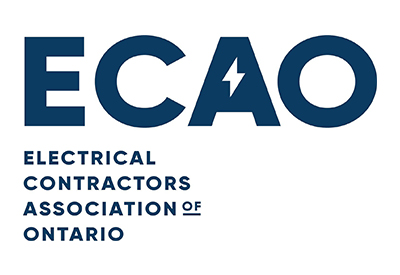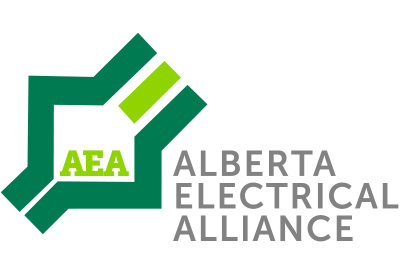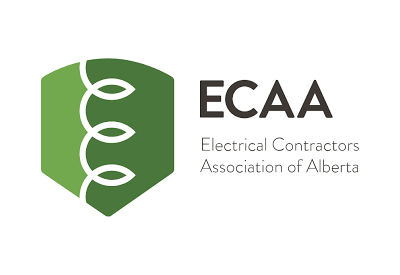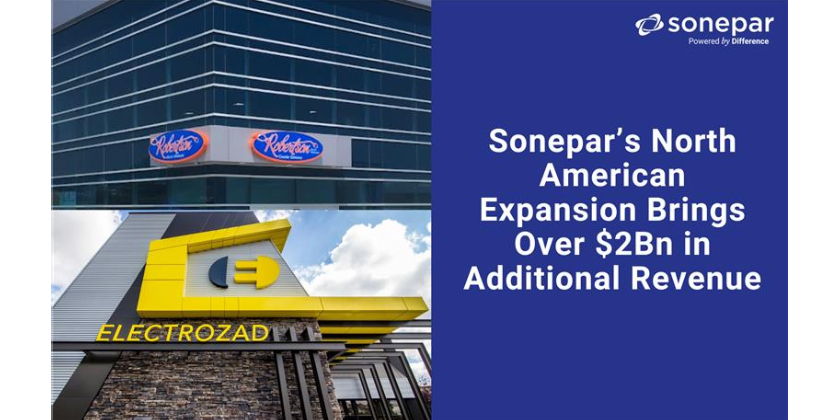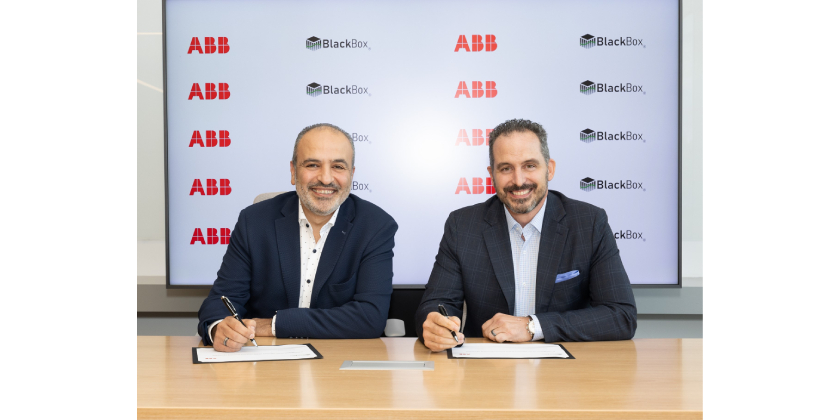The Future of Wind Turbines? No Blades

It’s no longer surprising to encounter 100-foot pinwheels spinning in the breeze as you drive down the highway. But don’t get too comfortable with that view. A Spanish company called Vortex Bladeless is proposing a radical new way to generate wind energy that will once again upend what you see outside your car window.
Their concept is the Vortex, a bladeless wind turbine that looks like a giant rolled joint shooting into the sky. The Vortex has the same goals as conventional wind turbines: To turn breezes into kinetic energy that can be used as electricity. But it goes about it in an entirely different way.

Instead of capturing energy via the circular motion of a propeller, the Vortex takes advantage of what’s known as vorticity, an aerodynamic effect that produces a pattern of spinning vortices. Vorticity has long been considered the enemy of architects and engineers, who actively try to design their way around these whirlpools of wind. And for good reason: With enough wind, vorticity can lead to an oscillating motion in structures, which, in some cases, like the Tacoma Narrows Bridge, can cause their eventual collapse.
Where designers see danger, Vortex Bladeless’s founders—David Suriol, David Yáñez, and Raul Martín—sees opportunity. “We said, ‘Why don’t we try to use this energy, not avoid it,’” Suriol says. The team started Vortex Bladeless in 2010 as a way to turn this vibrating energy into something productive.



